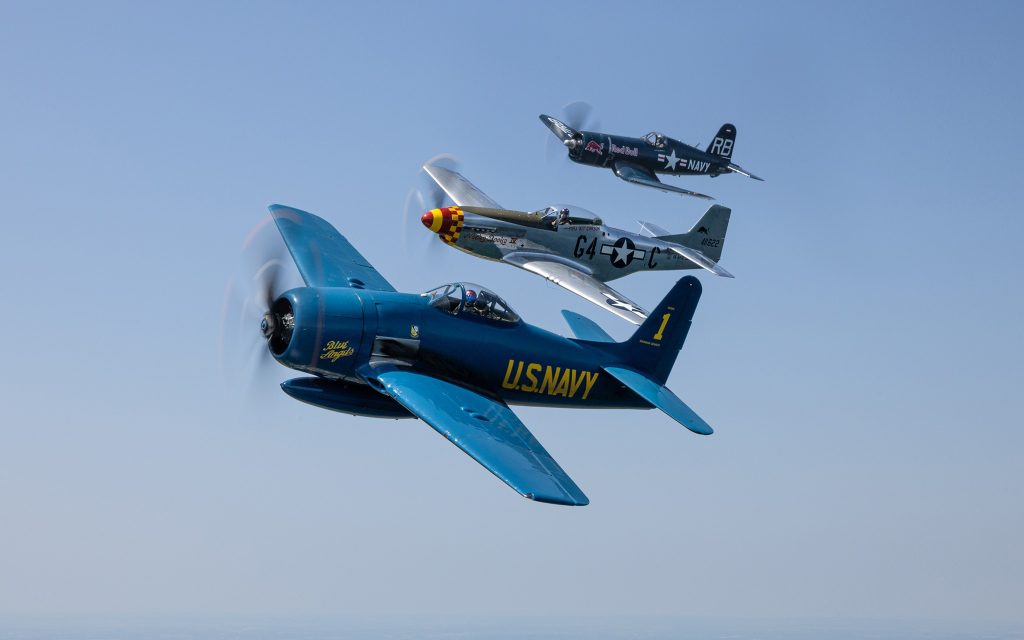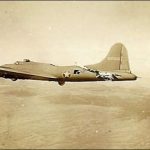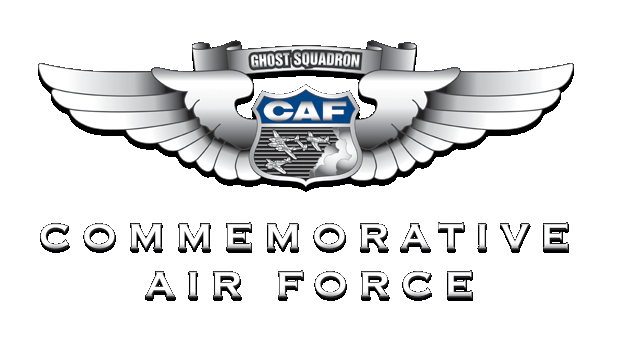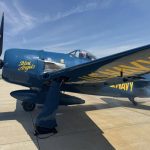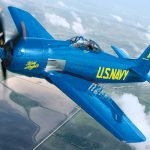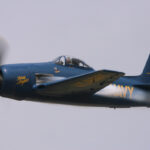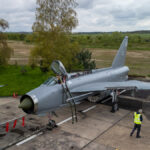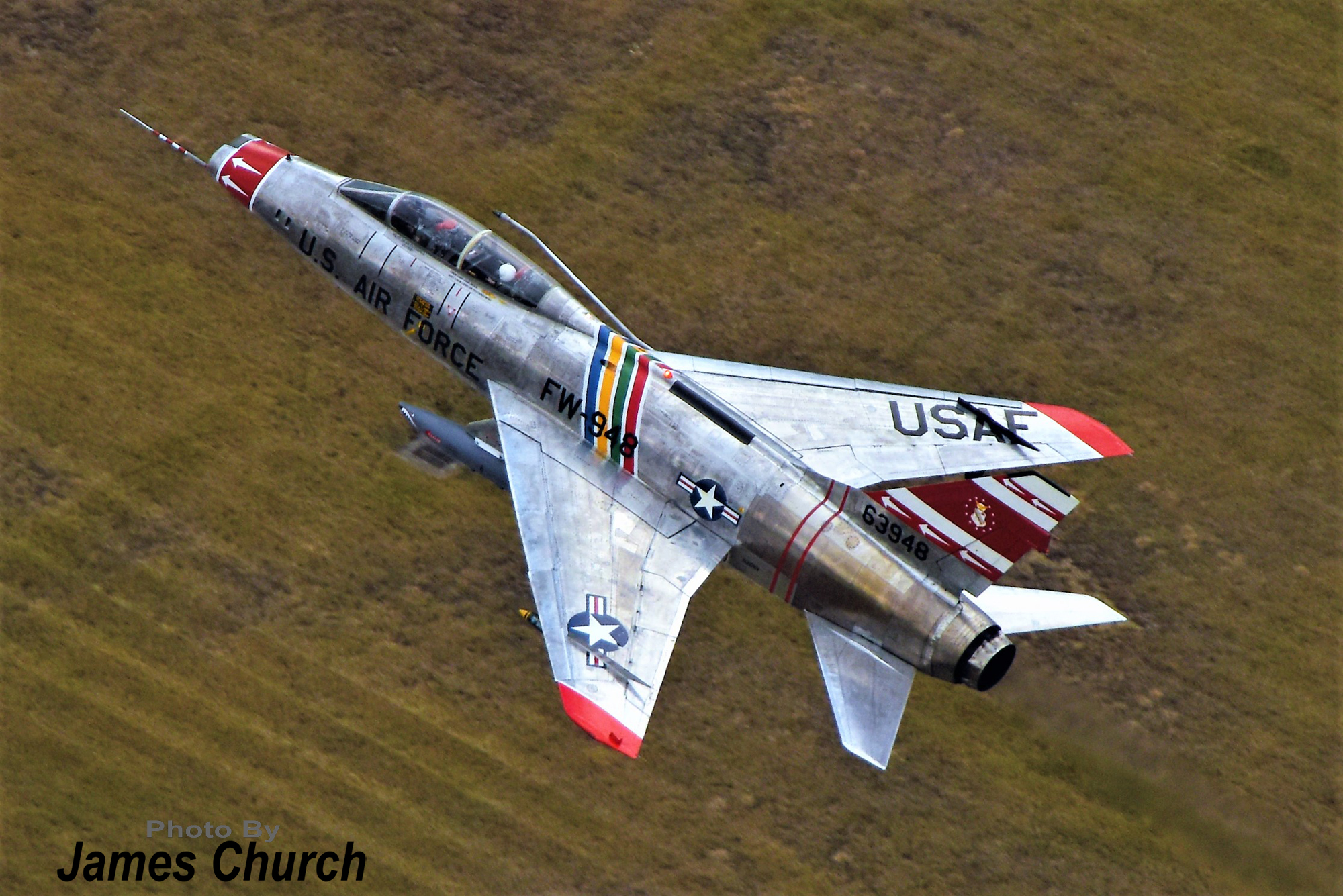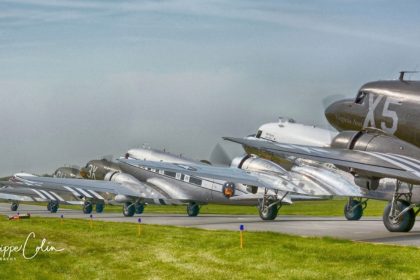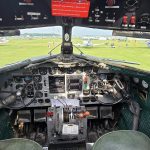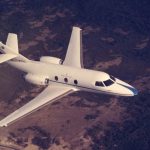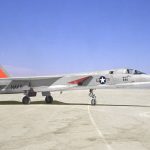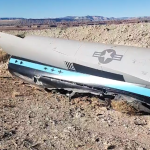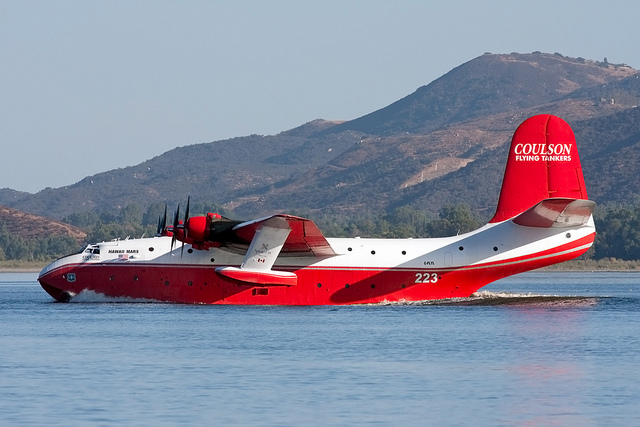After months of speculation within the warbird community, The Flying Bulls have officially confirmed their acquisition of the famed “Blue Angels Bearcat” with a formal announcement on Facebook. While news of the purchase—brokered by Platinum Fighter Sales—had circulated privately among aviation enthusiasts, the Austrian-based Flying Bulls requested that details remain confidential until they could make the news public themselves. This is why Vintage Aviation News held off on reporting the story—until now.
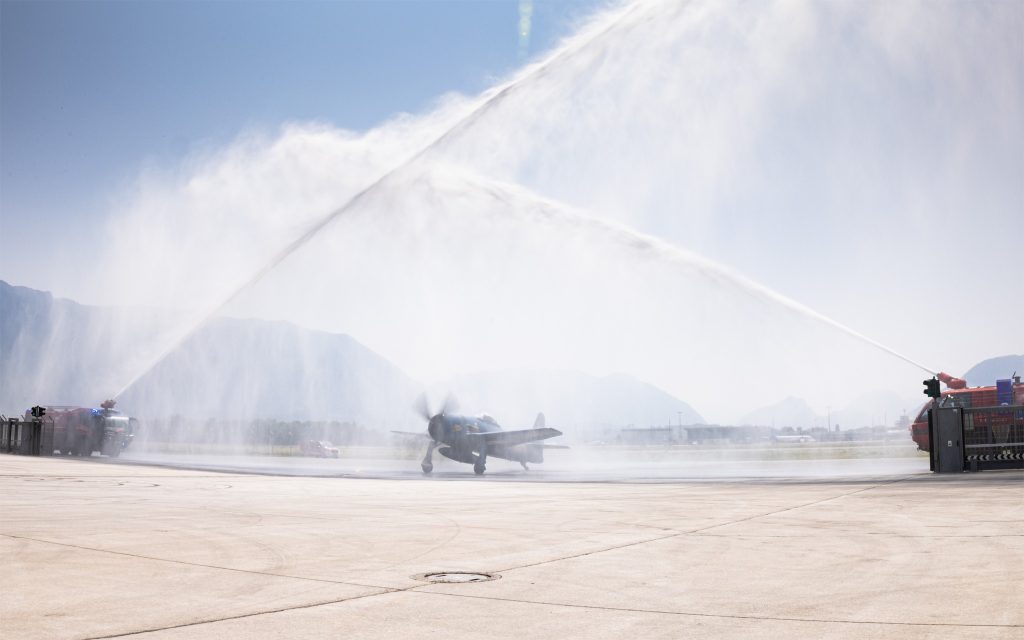
The aircraft in question is Grumman F8F-2 Bearcat BuNo 121776, which the Flying Bulls acquired earlier this year. The aircraft was shipped to Europe in April to join the group’s renowned collection of vintage and high-performance aircraft. [Click here to see our earlier coverage of its transatlantic shipment.] BuNo 121776 was built in 1948 but saw minimal service with the U.S. Navy as the transition to jet aircraft rendered many Bearcats obsolete. It was retired in 1957 with just 606 flight hours. In 1960, Kaman Aircraft acquired the Bearcat for use as a static wind generator in helicopter testing, though it was never flown in that role. In 1970, it was donated to the Marine Corps Museum in Quantico, Virginia, where it remained in storage for decades.
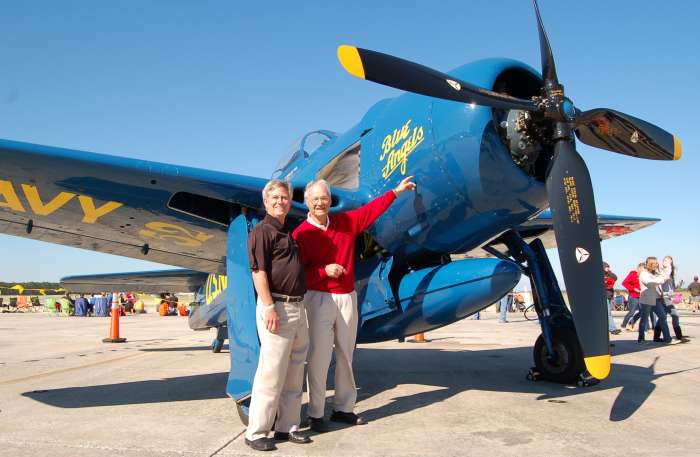
The aircraft was sold into private hands in 1996 and underwent a meticulous restoration, culminating in its first post-restoration flight in 2003. Registered as N68RW, the Bearcat was painted in the distinctive livery of an early Blue Angels aircraft—specifically F8F-1 BuNo 94996, one of the types the Navy’s famed demonstration team flew in its formative years. The aircraft went on to make numerous airshow appearances, including flying in formation with modern F/A-18 Hornets of the Blue Angels, paying tribute to the team’s rich history. [Click HERE to read more about the aircraft’s history.]
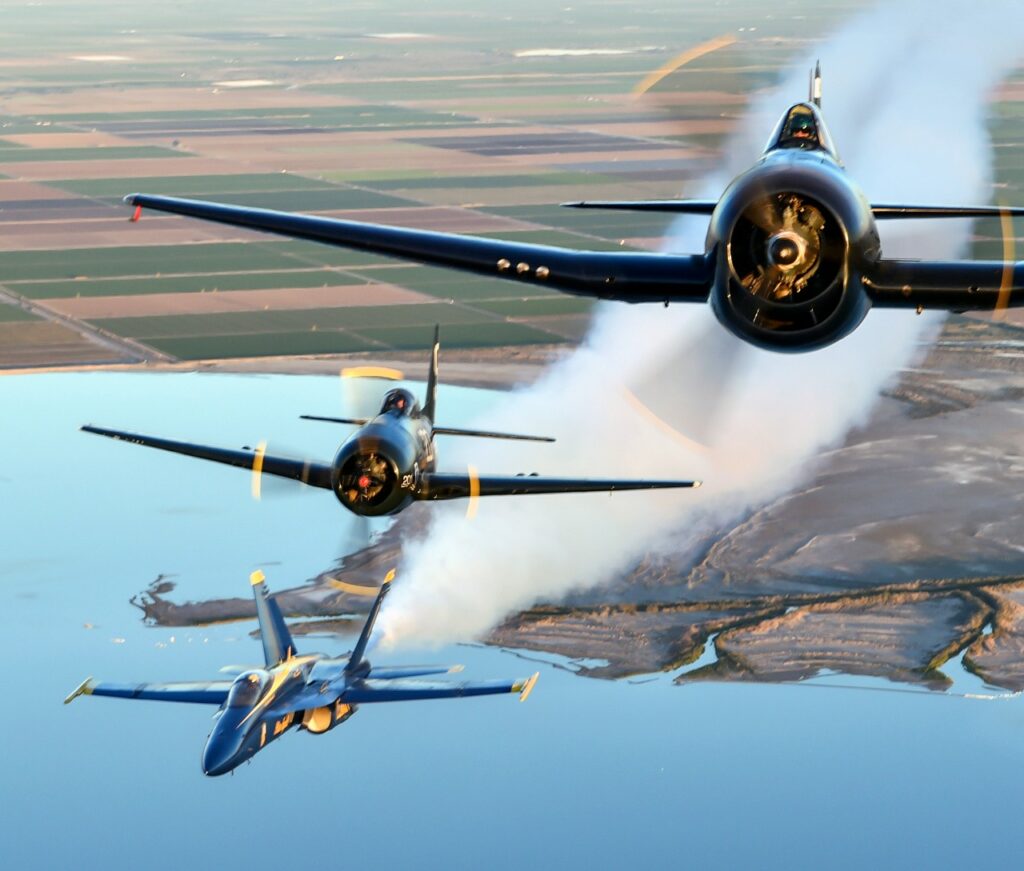
The Blue Angels first flew the F8F Bearcat in late 1946, just months after the team’s debut in the F6F Hellcat. The Bearcat was the last propeller-driven aircraft used by the team and was notable for its exceptional power and agility. It was during the Bearcat era that the Blue Angels first introduced their now-famous diamond formation, as well as the “Beetle Bomb” routine—a mock dogfight featuring a Bearcat painted to resemble a Japanese Zero.
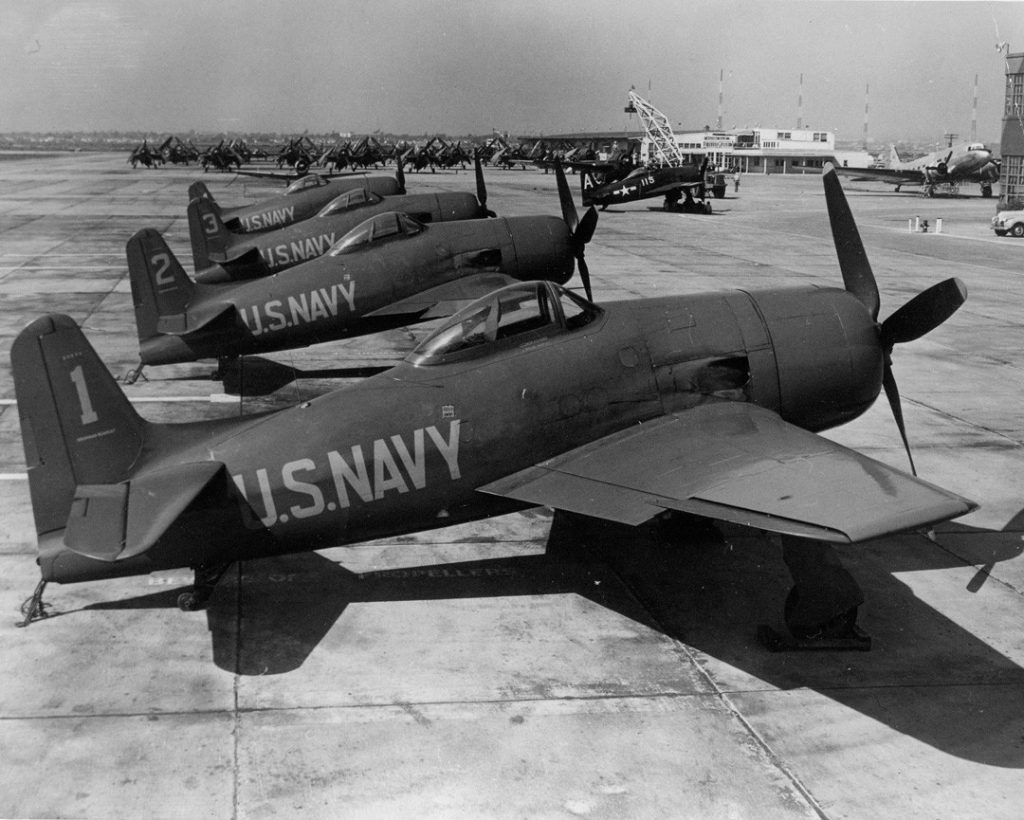
Only 22 Grumman F8F Bearcats are known to survive today. Of these, six are housed in government museums (four in Thailand, two in the U.S.), and 16 remain in civilian hands, 15 of which are based in the United States. This particular Bearcat underwent a comprehensive restoration, completed in 2005. Since then, it has logged just 240 hours. Its Pratt & Whitney R-2800-83AM4AD engine has only 73.9 hours since a major overhaul performed by J.R.S. The aircraft stands as one of the finest surviving examples of the type—restored to exacting museum-quality standards.
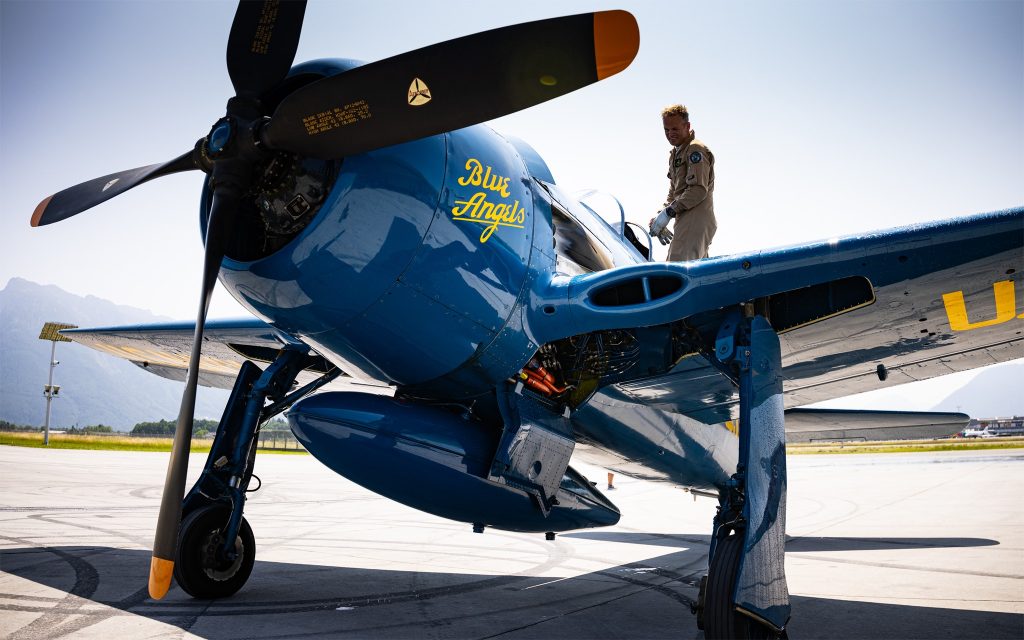
Now in the capable hands of The Flying Bulls, this exceptional aircraft is assured a future of continued flight and public display under a world-class organization known for preserving and showcasing aviation heritage. Congratulations to The Flying Bulls on their acquisition of this historic warbird. For more information about The Flying Bulls, visit www.hangar-7.com/en/the-flying-bulls/
